Elephant seals take their name from the large proboscis of the adult male (bull), which resembles an elephant’s trunk. The bull’s proboscis is used in producing extraordinarily loud roaring noises, especially during the mating season. More importantly, however, the nose acts as a sort of rebreather, filled with cavities designed to reabsorb moisture from their exhalations. This is important during the mating season when the seals do not leave the beach to feed, and must conserve body moisture as there is no incoming source of water. They are colossally large in comparison with other pinnipeds, with southern elephant seal bulls typically reaching a length of 5 m (16 ft) and a weight of 3,000 kg (6,600 lb), and are much larger than the adult females (cows), with some exceptionally large males reaching up to 6 m (20 ft) in length and weighing 4,000 kg (8,800 lb); cows typically measure about 3 m (10 ft) and 900 kg (2,000 lb). Northern elephant seal bulls reach a length of 4.3 to 4.8 m (14 to 16 ft) and the heaviest weigh about 2,500 kg (5,500 lb).
The northern and southern elephant seal can be distinguished by looking at various external features. On average, the southern elephant seal tends to be larger than the northern species. Adult male elephant seals belonging to the northern species tend to have a larger proboscis, and thick chest area with a red coloration compared to the southern species. Females do not have the large proboscis and can be distinguished between species by looking at their nose characteristics.Southern females tend to have a smaller, blunt nose compared to northern females.
Elephant Seals haul out on beaches near San Simeon year round, as they go through different phases in their life cycle. In peak times, there are up to 17,000 animals on the San simeon shores. There are three peak times of the year that have large populations of seals – January, April, and October.
Males Arrive for Mating Rights
Starting in November, adult male elephant seals start to arrive on the shore. Adult males will stake claim to female pupping areas on the beach. When another adult male challenges a pupping location, a fight for dominance ensues. Adult males will fight for mating rights from December through January. Elephant seal bulls can reach 16 feet in length and weigh up to 5,000 pounds. Watching these enormous animals fight for dominance is quite a spectacle.
Birthing and Breeding Season
From December through March, female elephant seals arrive on the beach to give birth. Pregnant females begin to arrive in December with the majority of expecting mothers arriving in January. Births will typically occur a few days after arrival. Elephant seals pups are typically born at night and weigh about 60 pounds at birth and can weigh as much as 300 pounds at weaning. During the last week of nursing her pup (about 24 days), a female will mate with the alpha bull. Once she has mated, the female will typically go to sea and leave her pup behind. Pups are left alone to learn to swim and find food. Most pups are ready to depart for the sea in March and April.
Molting Season
Starting in April, females and juvenile elephant seals return to the shore to molt. The molting season lasts four to six weeks. Most females and juveniles are back in the water by the end of May. In June, subadult and adult males arrive to begin their molt. By August, the males have mostly completed with their molt. The shore has the least amount of animals in August. The majority of the animals seen in late summer are large adult males.
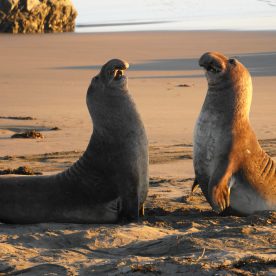
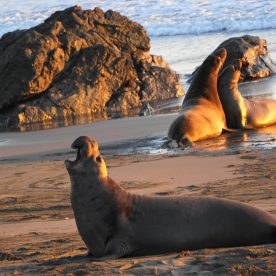
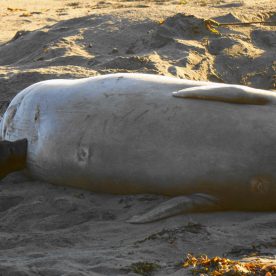
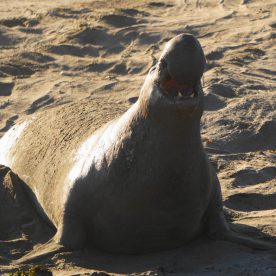
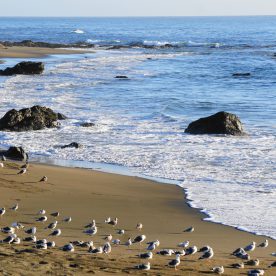
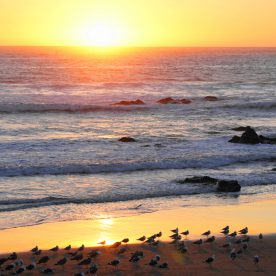
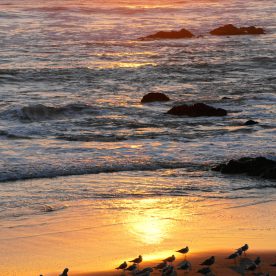
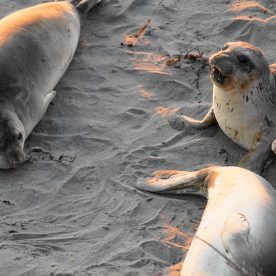
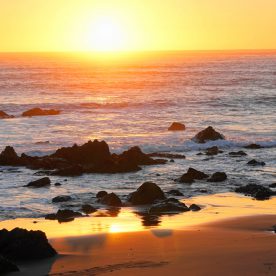
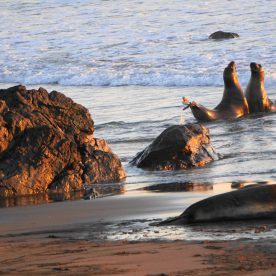
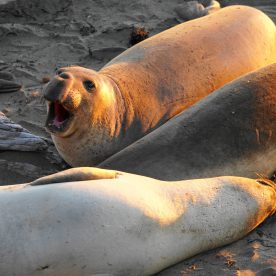
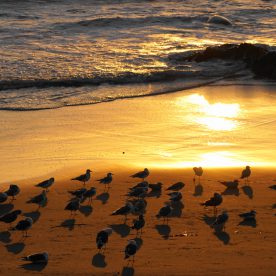
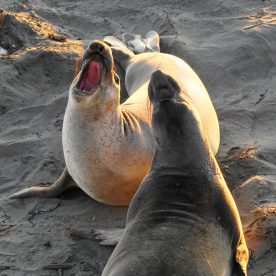
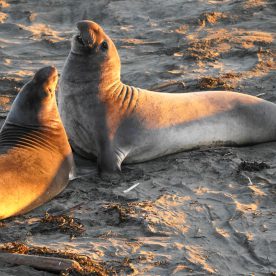
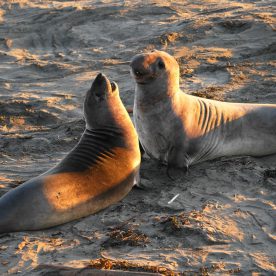
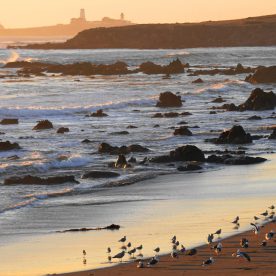
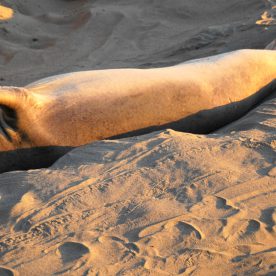
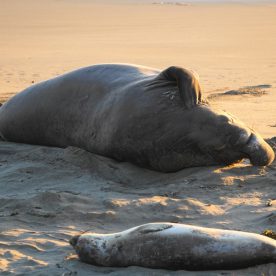
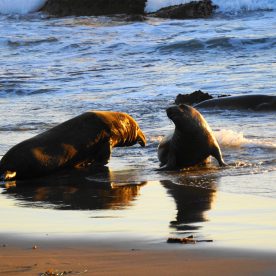
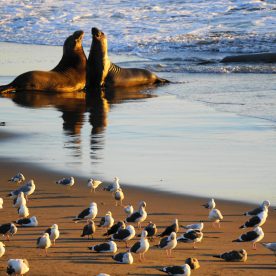
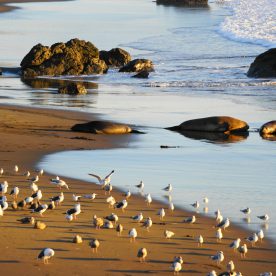
Gorgeous pictures!!!
Interesting, never new they can be so big.
Like!